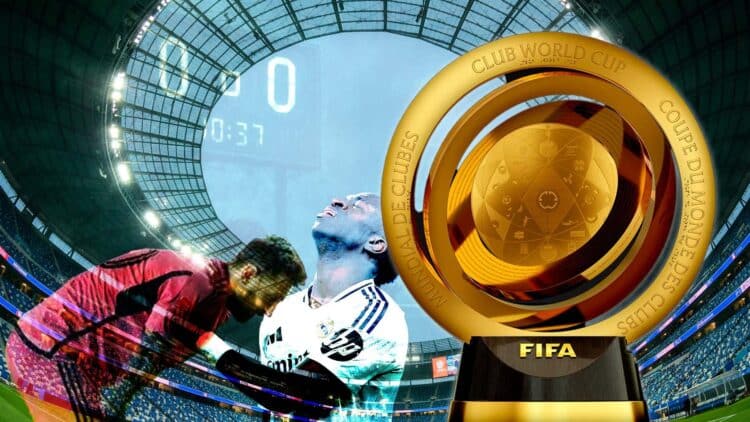Individuals from across the globe who are members of FIFA (Federation Internationale de Football association) have the opportunity to participate in the FIFA World Cup. This prestigious event is widely viewed across the world. 48 Teams are set to take part in the 2026 FIFA World Cup which will take place during June and July. The event will be hosted in 16 cities divided over three countries (USA, Canada as well as Mexico). The opening match has been scheduled for 11 June in Azteca in Mexico City whilst the final match will be played in the New Jersey Stadium in New York on 19 July. These 16 cities contain some amazing venues where these matches will take place.
Qualifying for the World Cup 2026
The place division for the 2026 World Cup has already been set out as per the continental confederations. 16 Direct spots have been allocated to EUFA. 1 FIFA play-off tournament place and 8 direct spots for AFC. 1 FIFA play-off tournament place and 1 direct spot for OFC. 1 FIFA play-off tournament place and 9 direct spots for CAF. 1 FIFA play-off tournament place and 6 direct spots for Conmebol.
2 FIFA play-off tournament places and 6 direct spots for Concacaf. Three of the Concacaf slots will be allocated to the various host countries, who automatically qualify for the tournament. The top two teams per group as well as eight of the best third-place teams will progress to the round of 32. Teams will then have to play eight games from the group stage onto the final.
Taking fears over a well-loved sport to the extreme
In any sport, the weather plays a significant part in the proceedings. With the FIFA World Cup this is no exception. Considering the current weather conditions in the United States, fears have arisen about how these conditions will affect both players and spectators alike. Current heatwave conditions are experienced across certain parts. Considering that the kick-off times is estimated to be during noon, 15:00, 18:0.0 as well as 21:00 local time, these fears are not completely unfounded.
The MetLife Stadium, located just outside New York City is the venue set for eight of the World Cup matches. This stadium has no roof and limited shading available within the stadium. The concern is not only about the wellbeing of the players but also affects the spectators and officials alike. An ideal situation in this regard would be to make use of enclosed, air-conditioned stadiums.
Very real fears that can jeopardize optimal game play
Another option would be to move the whole World Cup to a cooler time of the year, but this may not always be a possibility, as is the case now. University of Portsmouth’s Professor Mike Tipton suggested that kick-off times be moved to the morning, but this has some logistical implications. Dr Vincent Gouttebarge, medical director of the global player’s union Fifpro further suggested that extended half time breaks of 20 minutes each be considered.
According to FIFA, the WBGT or Wet Bulb Globe Temperature system is used as a guideline in these situations. The moment the measurement exceeds 32°C, shorter “cooling breaks” become mandatory during each half of the specific match. Fifpro suggested that a WBGT above 28°C should be motivation enough to implement these breaks. This is not the first time that climate conditions have been a cause for concern during the FIFA World Cup. The 2022 Qatar World Cup was moved to the cooler winter since summer temperatures were known to reach between 40-45°C. These fears and worries are very real. Some of the suggestions can however not be implemented quite as hoped for. But some of the other changes can be made which will be to the overall benefit of all the parties involved.


